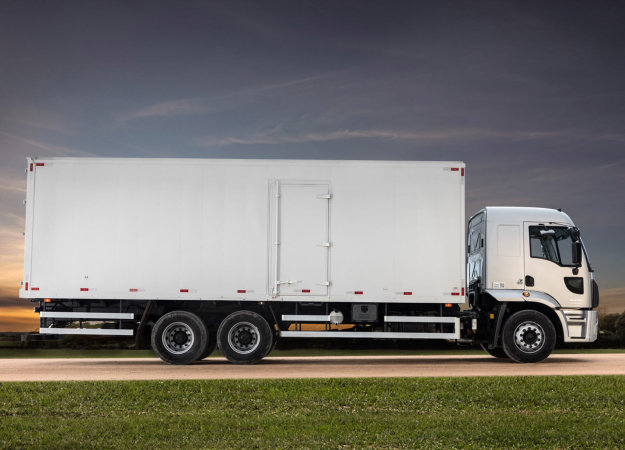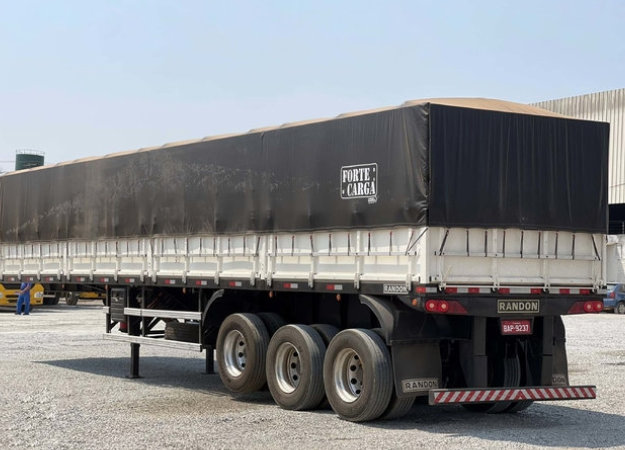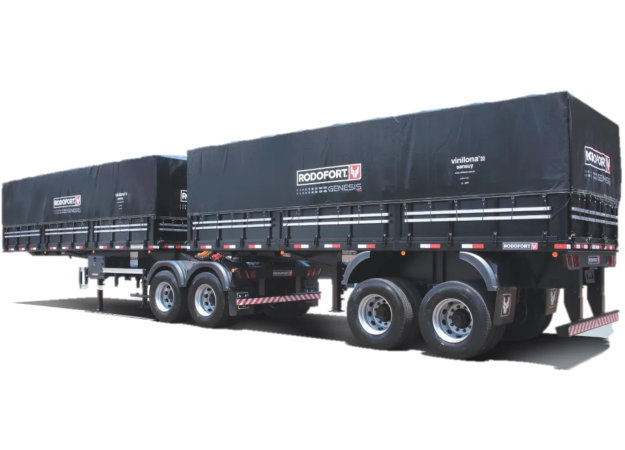Types of Transport
There are currently several types of trucks available on the market and each one is suitable for a specific route or load. In other words, some are better suited to urban areas and others are more recommended for long distances.
Read below about the main types of trucks, as well as their features and weight capacities. First of all, it is worth mentioning that understanding your company's logistics needs is essential to purchasing the right type of truck and ensuring safety and efficiency in your transportation.
The result of a smart choice is to avoid wasting capacity or overloading the truck. From the same perspective, it is important to carry out an analysis to identify whether the vehicle model is suitable for the cargo route.
After all, most trucks are prohibited from circulating in large urban centers and, when really necessary, special authorization must be obtained from city halls.
According to a study prepared in 2014 by NTC&Logística (National Association of Cargo Transport and Logistics), more than one hundred Brazilian municipalities have already created some type of restriction on truck traffic.
Check out the main types of trucks below and understand the main differences between each of them:

truck
The Truck truck, also called a 6×2 truck, has the same length as the stump truck (14 meters), however, it differs due to its double axle in the body.
One of the axles receives power from the engine to provide better vehicle performance and, consequently, carry heavier loads of 10 to 14 tons.
The gross weight of the truck can reach 23 tons.

Set of 3-axle trailer + Simple Mechanical Horse
Although this type of truck is similar to a 2-axle trailer, its semi-trailer has 3 axles each.
The transport capacity is 41.5 tons.
The length is the same as the previous truck and can measure up to 18.15 meters.

Bitrem or train
Traditionally, the bitrem has seven axles and can transport up to 57 tons.
However, the model with nine axles (bitrenzão) has also become popular and has a greater capacity: up to 74 tons.
In general, a twin train with nine axles cannot exceed 30 meters. The semi-trailers of this combination can be pulled by a tractor trailer and are connected by a type B (fifth-wheel) hitch.